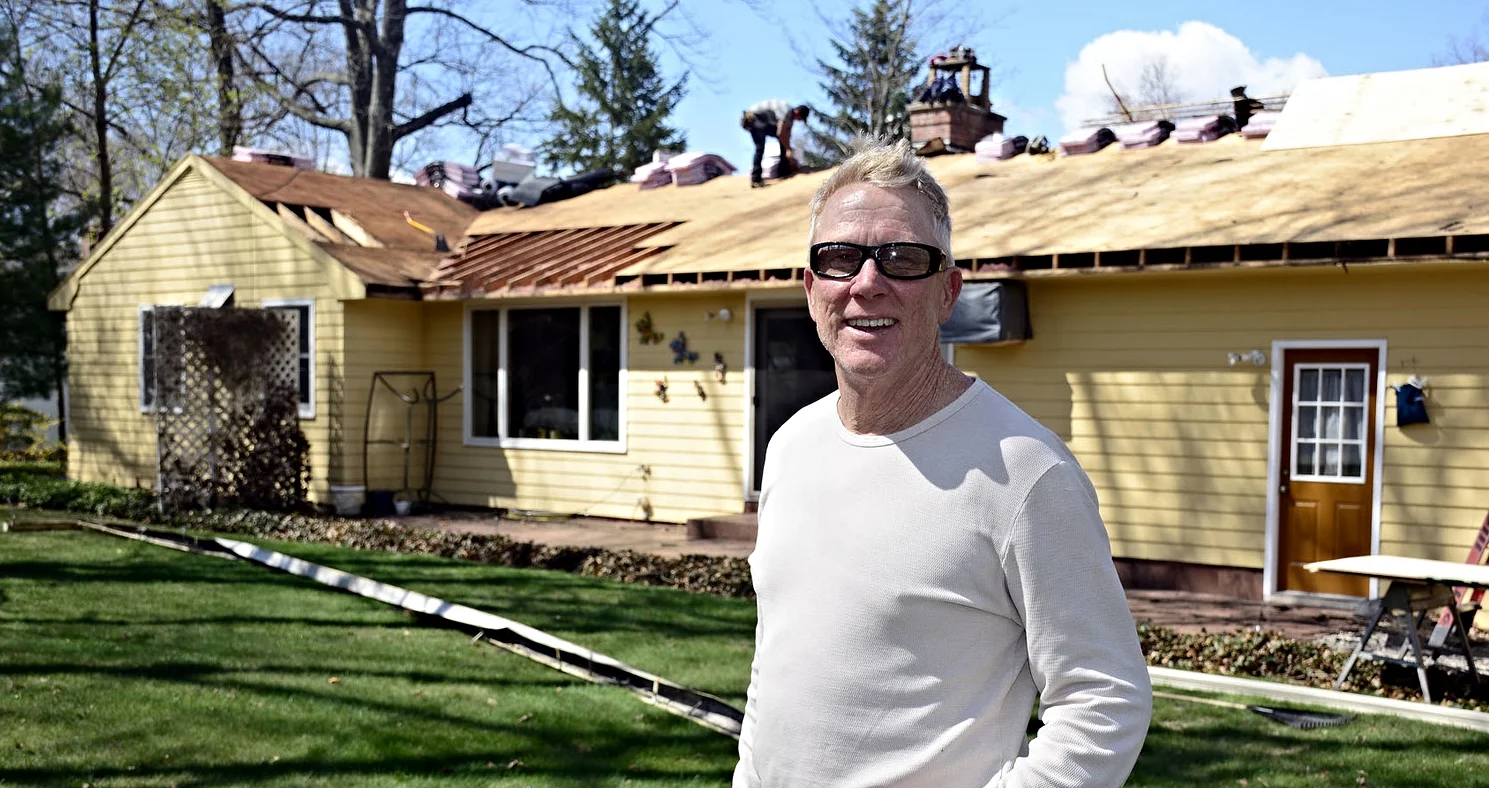Ice Dam Prevention
Chelsea O'Donnell
While we haven’t had much snow this season, winter is still in full swing and this week’s freezing temperatures were a stark reminder that the worst is likely yet to come. It won’t be long before another storm rolls through to remind us why proper home maintenance is so critical this time of year.
One common winter issue homeowners face is ice dams—and they can wreak havoc on your home if you’re not prepared. An ice dam forms when snow blankets your roof, creating an extra, unwanted layer of insulation. As warm air rises from your home into the attic, it melts the snow on your roof. The water then slides down to the eaves and gutters, where the colder surface temperatures cause it to refreeze. Over time, this process creates a growing mass of ice at the edge of the roof, commonly known as an ice dam.
These icy buildups are more than a minor inconvenience—they can cause significant damage. Heavy ice can tear gutters away from your home or even lift roof shingles, leaving gaps for water to seep into your attic. From there, leaks can spread to ceilings and walls, creating a costly mess.
The key to preventing ice dams is ensuring your home is properly insulated and ventilated. Unfortunately, many homes in our area lack adequate insulation. In fact, more than 75% of New England homes are under-insulated, allowing heat to escape straight through the roof. This problem is often a result of outdated building standards—homes built decades ago weren’t designed to handle the harsh winters of Connecticut.
By upgrading your home’s insulation and ventilation, you’ll do more than just protect your roof. A well-insulated home is more comfortable year-round, keeping you warmer in the winter and cooler in the summer. You’ll notice the difference immediately and see the impact on your energy bills too. Proper ventilation also helps reduce the risk of mold and mildew buildup, which can harm both your home and your health.
Investing in these upgrades is a simple yet powerful way to protect your family, your house, and your budget. Don’t wait for the next big storm to highlight what’s missing—take steps now to keep your home safe and comfortable all year long.
Bob O'Donnell is the owner of O'Donnell Bros, Inc., a Bristol-based home improvement company established in 1975. Email your questions for Bob to info@odonnellbros.com with the subject line “Ask the Pro”. All questions may be considered for publication. To contact Bob for your remodeling needs, call O'Donnell Bros, Inc. at (860) 589-5155 or visit www.odonnellbros.com. Advice is for guidance only.
